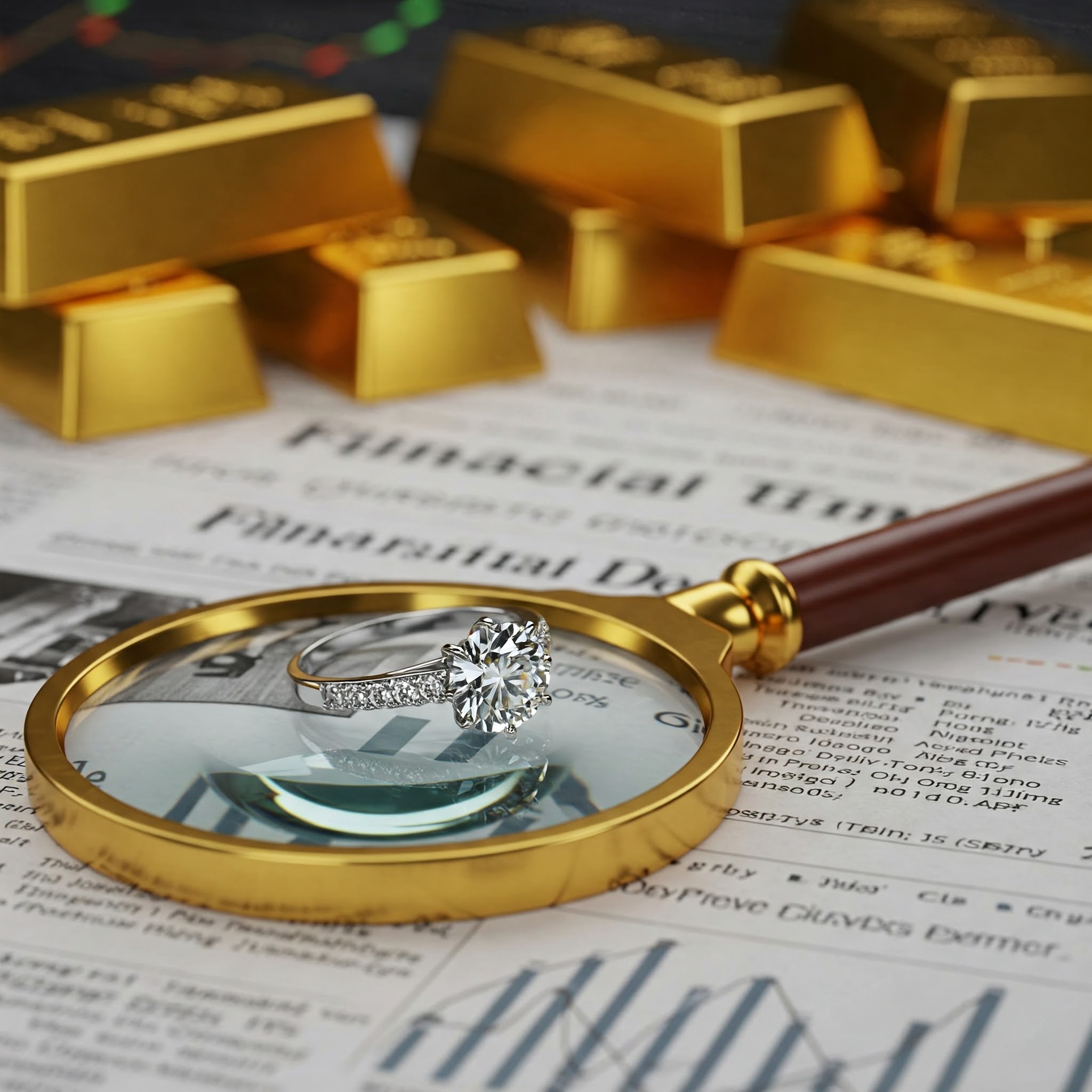When we think of diamonds, romance and luxury come to mind. But beyond their symbolic meaning, some people view diamonds as a long-term investment. With fluctuating markets, inflation, and unstable currencies, tangible assets like gold and gemstones are gaining appeal. But is investing in diamonds actually a wise financial decision?
In this guide, we’ll explore the realities of diamond investment—its potential, risks, and how to make smart choices.

Are Diamonds a Good Investment?
Unlike gold, diamonds don’t have a standardized global price index. Their value depends on multiple factors, including cut, clarity, carat weight, and color (the 4Cs), but also on market demand, certification, and origin.
Pros:
-
Portable Wealth: A high-value diamond can fit in your pocket, making it easier to transport than gold bars or real estate.
-
Durability: Diamonds are forever—literally. As the hardest natural material, they do not degrade over time.
-
Rarity: High-quality natural diamonds (especially with unique color grades like fancy pink or blue) are rare, and rarity drives value.
Cons:
-
Lack of Price Transparency: The diamond market is fragmented. Without a public pricing system, reselling diamonds can be difficult.
-
Low Liquidity: You can’t easily walk into a shop and sell a diamond at full value.
-
Retail Markup: Most diamonds sold to consumers are marked up significantly, and resale often results in a financial loss.
How to Invest in Diamonds Wisely
If you’re still interested in exploring diamonds as an investment, here’s how to minimize risk and maximize return:
-
Buy Certified Stones Only: Ensure your diamond is graded by a respected lab like GIA (Gemological Institute of America). Certification is essential for resale and valuation.
-
Focus on Rarity and Quality: Investment-worthy diamonds are typically:
-
Over 1 carat
-
D-F color grade (colorless)
-
VVS1 clarity or better
-
Excellent cut
-
With desirable shapes like round brilliant or fancy colored stones
-
-
Avoid Mainstream Retail: Purchase through trusted diamond dealers, auctions, or investment firms. Mainstream retailers add high markups.
-
Think Long-Term: Diamonds aren’t a “quick flip” investment. They are best held for 10+ years or passed through generations.
-
Stay Informed: The diamond market can change due to supply disruptions (like in Russia or Africa), consumer preferences, or innovations like lab-grown diamonds.
Diamonds vs. Other Tangible Assets
| Asset Type | Liquidity | Risk | Appreciation Potential |
|---|---|---|---|
| Real Estate | Medium | Moderate | High |
| Gold | High | Low | Medium |
| Diamonds | Low | Medium | Variable |
| Art & Antiques | Low | High | High (with expertise) |
Are Lab-Grown Diamonds a Good Investment?
In short—no. Lab-grown diamonds have very little resale value. Since they are mass-produced and lack rarity, they function more like luxury fashion than a financial asset.
Final Thoughts
Investing in diamonds is not for everyone. It’s a niche market that requires knowledge, patience, and a willingness to hold for the long term. While not as liquid or transparent as stocks or gold, diamonds can be a rewarding investment—especially if you focus on rare, certified stones and treat them as part of a diversified wealth portfolio.
If you’re considering diamonds purely for financial gain, educate yourself deeply or work with a gem investment expert. But if you’re combining emotion with strategy—buying something you love and handing it down—you’re already winning.



